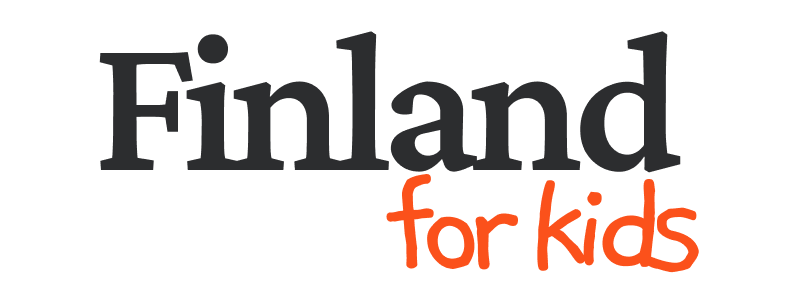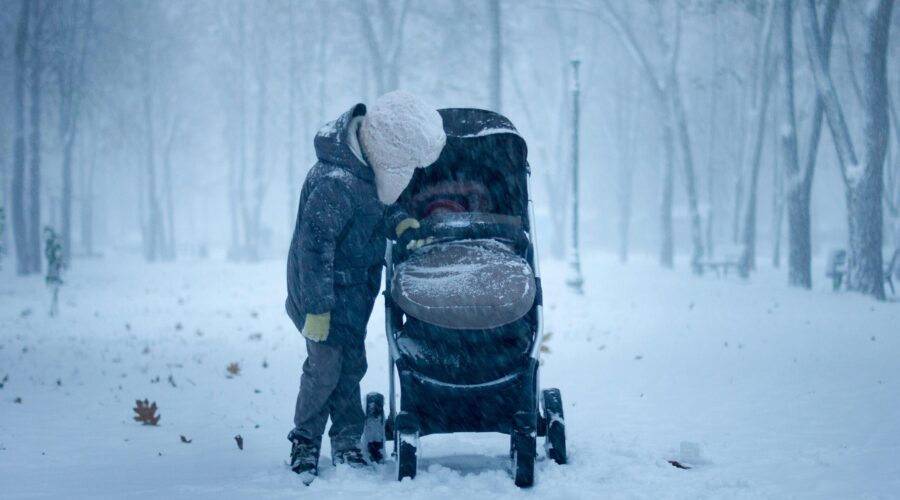Why Finnish Babies Sleep Outside: The Benefits of Outdoor Napping
Walking through the streets of Helsinki in the middle of winter, you might be surprised to see rows of baby strollers parked outside cafes and homes. If you pay attention to them, you’ll see that there are actually babies sleeping inside. Outdoor napping is not a rare sight in Finland but a common habit where Finnish parents let their babies take their daily naps outdoors, regardless of the season. While it might seem peculiar to outsiders, Finns believe these outdoor naps bring numerous health benefits to their children and improve the quality of sleep.
The outdoor napping habit began as a public health initiative by Nordic maternity clinics in the early 20th century. They promoted outdoor sleeping among infants to improve their immune systems. Over time, this practice evolved into a cultural tradition that reflects broader Nordic values such as resilience, independence, and a deep connection with nature. It is a clear example of how the Finnish parenting philosophy values exposure to the natural environment from the earliest stages of life.
If you are still not convinced, or at least intrigued, by this fascinating aspect of Finnish parenting culture, keep reading to understand more about it.

Health Benefits of Outdoor Sleeping for Babies: What Does Science Say?
The Finnish tradition of letting babies nap outdoors might seem unconventional, but several scientific studies highlight the health benefits of this practice. From better sleep quality to boosting immune function, these are the main advantages of outdoor napping according to research:
Improved Sleep Quality
Research consistently shows that babies who nap outdoors tend to sleep longer and more soundly. One study conducted in Finland observed that babies who slept outside during the day slept for longer periods than those who slept indoors. This could be attributed to the outdoor environment, which is often quieter and exposes babies to natural light patterns, helping to regulate their circadian rhythms (the body’s natural sleep-wake cycle).
Enhanced Immune System
Exposure to the outdoor environment can also boost immune system of infants as they grow. A study from the University of Gothenburg in Sweden found that children who had more frequent outdoor exposure early in life were less likely to develop various types of allergies and autoimmune diseases. The theory is that outdoor environments expose children to a wider range of microorganisms, which helps their immune systems develop tolerance and resistance.
Connection with Nature
Finally, outdoor naps can help building an early connection with nature, which can have long-term psychological benefits. According to a study by the University of Helsinki, children who spend more time in natural environments grow up with a greater appreciation for the environment, which can influence their behaviors and attitudes toward nature conservation as adults. So why not start early?
Outdoor Naps and Nordic Values: Understanding the Finnish Parenting Philosophy
The practice of outdoor napping is a normal part of Finnish and Nordic parenting traditions and reflects key societal values, such as independence, resilience, and a deep bond with nature.
Independence and Resilience
In Nordic countries, promoting independence from an early age is a fundamental aspect of parenting. Outdoor napping is seen as an early step in this process. By allowing infants to sleep outside, parents are subtly instilling a sense of autonomy and comfort in being alone.
“It teaches them early on that it’s okay to be by themselves and that they can be safe and secure without constant direct supervision.”
Anna, 34, from Espoo
Trust in Community
Depending on where you come from, safety concerns might be the first thing that come to your mind when you learn about this Finnish tradition. And that takes to another significant aspect of this practice, which is the high level of trust in the community. In many Nordic towns and cities, it’s common to see baby carriages outside cafes and shops, with parents nearby but not necessarily in direct contact. This reflects a society where community trust is very high.
“There’s a shared understanding and respect for privacy and safety. Leaving our baby to nap outside isn’t seen as neglectful but rather as a normal part of life where community watchfulness is implicit.”
Joonas, 41, from Turku
Connection to Nature
The Finnish connection to nature is remarkable, and Finns cultivate it from the early days of their children’s lives (Finns are experts in dressing their children for extreme weather so they can enjoy nature all year round). Outdoor napping allows babies to connect with their natural surroundings, enhancing mood and cognitive function by reducing stress and promoting calmness.
“We believe that being outdoors is good for their soul as much as their body. Even in winter, the fresh air is better than any indoor environment.”
Liisa, 29, from Helsinki
Historical Context
In the old days, the lack of spacious and well-ventilated indoor areas made outdoor napping a practical solution. But the tradition of taking babies to sleep outside persists despite more modern and well-equipped living spaces.
“It’s a tradition that reminds us of our past and connects us to our grandparents and great-grandparents. It’s about keeping our children rooted in our culture.”
Mikael, 37, from Oulu
Practical Aspects of Outdoor Napping: Tips from Finnish Parents
Convinced of the benefits of outdoor napping and looking to give it a try? Here’s how you can ensure the experience is safe and beneficial for your kids, according to Finnish parents:
Dressing the Baby Appropriately
The key to successful outdoor napping starts with how the baby is dressed. Layering is essential; Finnish parents often use a combination of merino wool base layers, fleece mid-layers, and a windproof outer layer.
“You need to make sure the baby is dressed warmly enough but not too warmly. We also use wool socks and mittens, and a hat, always a hat.”
Sari, 36, from Rovaniemi
Choosing the Right Sleeping Gear
The choice of stroller or pram is crucial. In addition to a sturdy stroller, a high-quality sleeping bag suited for the current weather is an important complement.
“It should have a good cover to protect against wind and a firm, flat sleeping surface. Look for one that’s specifically made for outdoor use: water-resistant and insulated.”
Henrik, 42, from Vaasa
Monitoring the Conditions
While Finnish parents do let their babies nap outside in various weather conditions, they always keep safety in mind. Parents often use baby monitors to keep an ear out while their child naps.
“Never when it’s extremely cold, below -10°C, or if it’s very windy or wet. I always have a thermometer in the stroller too, so I can be sure it’s not getting too cold.”
Emilia, 31, from Tampere
Finding the Right Spot
Location is another important factor. Common choices are balconies, backyards, or even just outside a window or door where the baby can be easily seen.
“You want a spot that’s sheltered from the wind but not completely enclosed, as airflow is important.”
Juho, 39, from Turku
Community and Cultural Norms
If you try outdoor napping in most parts of the world, you might receive some suspicious or even judgmental looks. However, in Finland, community norms support outdoor napping, making it easier for parents to adopt this practice. This acceptance helps new parents feel confident in following the tradition.
“Everyone does it here, so you can always ask neighbors or family for tips if you’re unsure.”
Liina, 34, from Helsinki
By now, you know that outdoor napping is not just a strange Finnish habit; it’s an approach to infant care that embraces the natural environment. The combination of fresh air, natural light, and the calming effects of nature not only contributes to longer, more restful sleep but also plays a significant role in the physical and mental development of babies. Parents everywhere can learn from this Finnish tradition and begin to integrate nature into their daily routines, considering how their environments shape their parenting practices.



